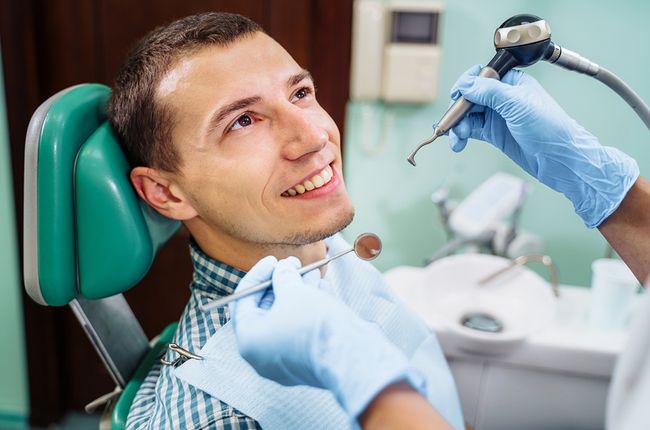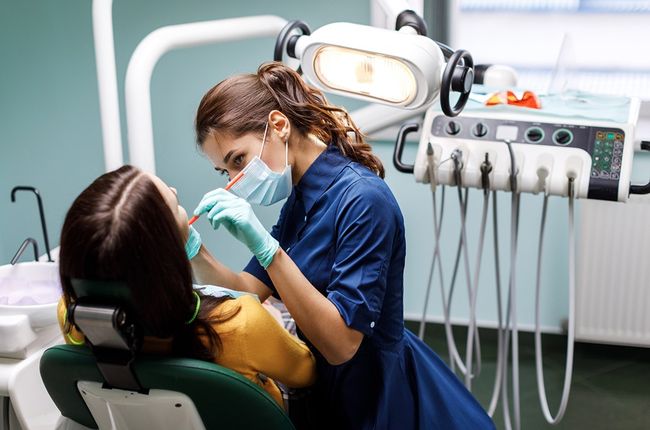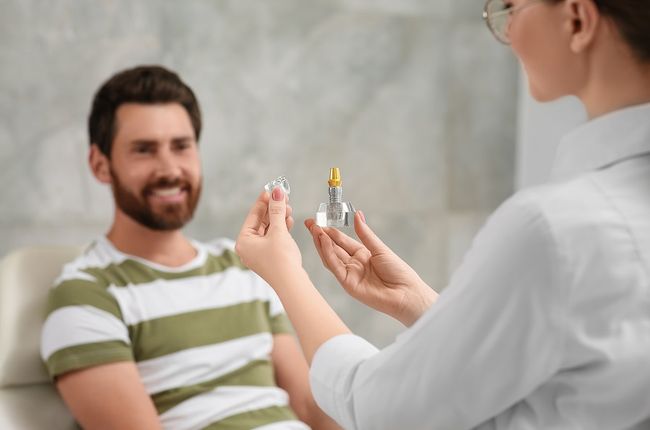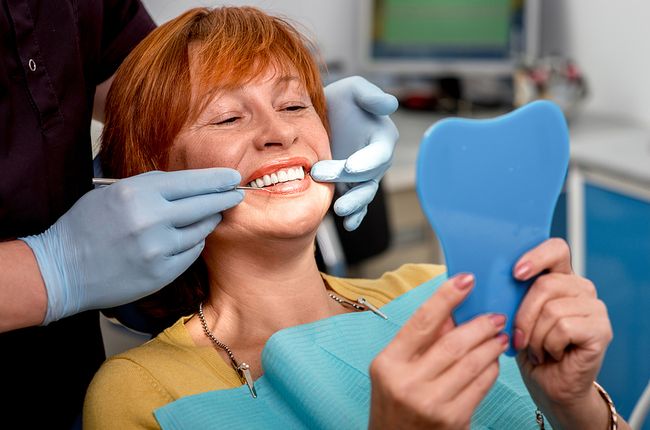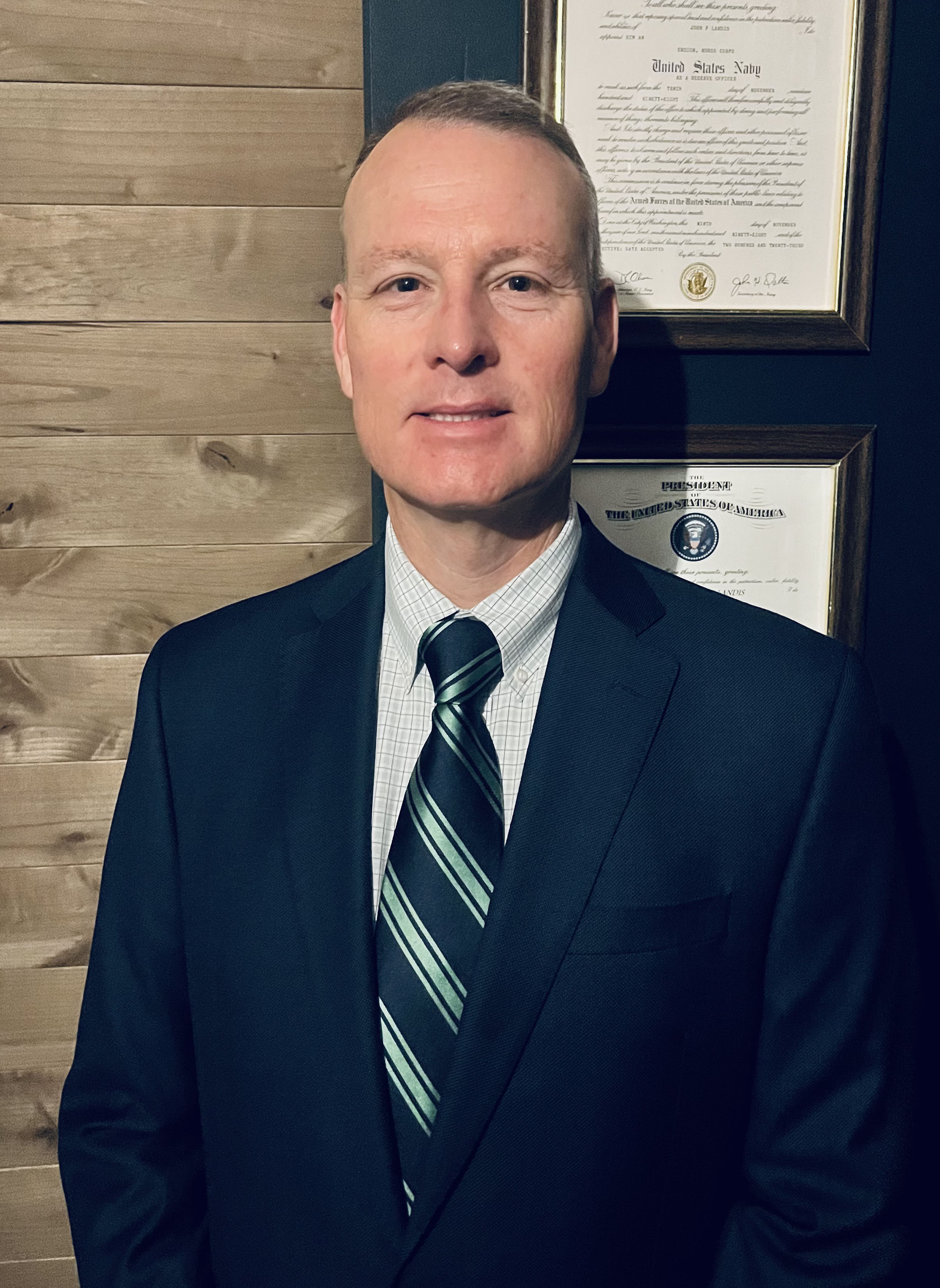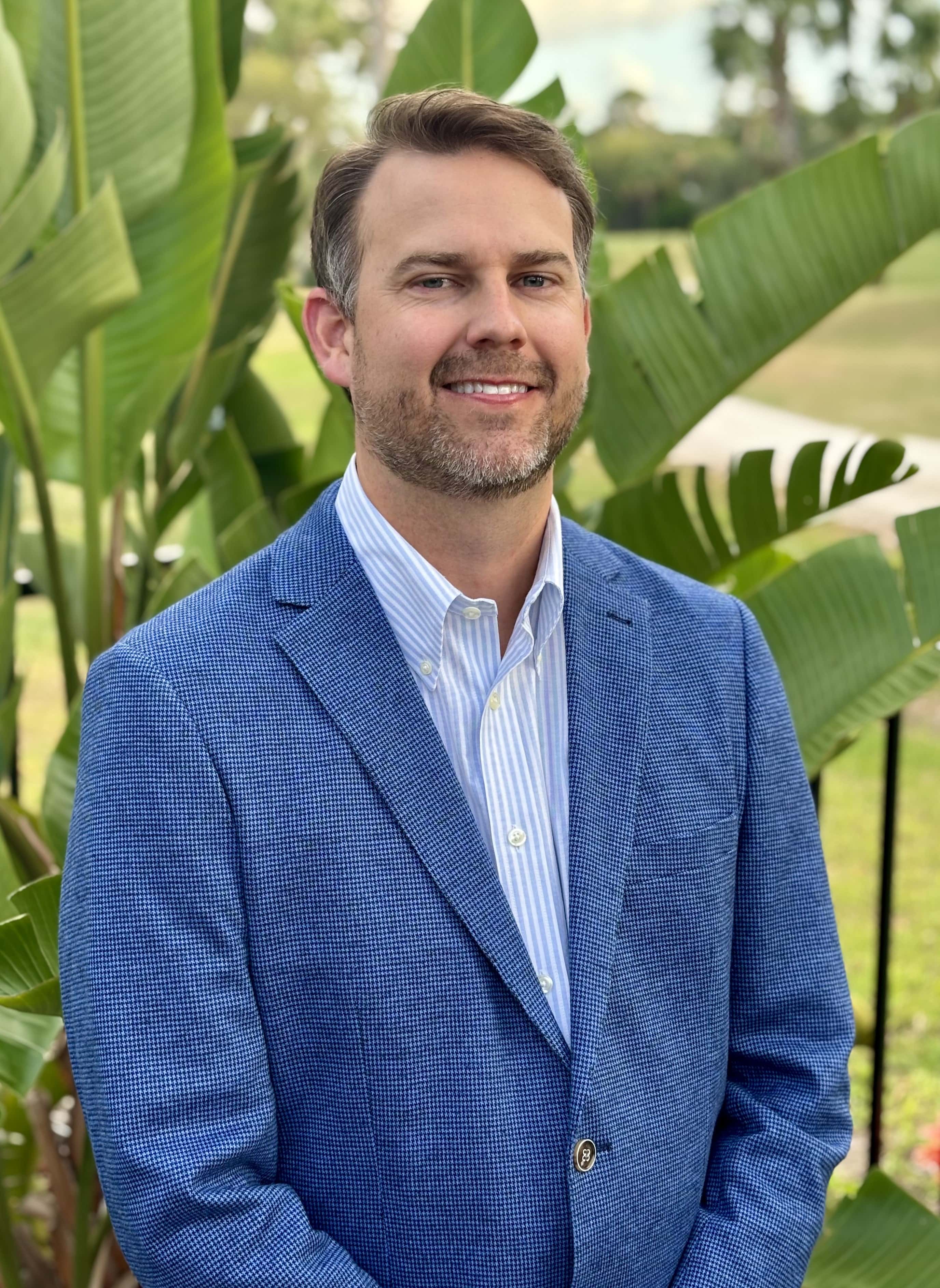Dental implants have revolutionized the way we approach tooth replacement, offering a lifelike solution for those seeking to restore their smiles. But what makes these implants so successful? The answer lies in a fascinating biological process known as osseointegration. This intricate phenomenon not only enhances the stability of dental implants but also ensures they function just like natural teeth.
In Jacksonville Beach, FL, where sunshine and smiles go hand-in-hand, understanding osseointegration can empower patients and practitioners alike. From its historical roots to cutting-edge advancements in technology, there's much to explore about how this process contributes to implant success. Join us on this journey as we dive deep into the world of dental implants and discover the pivotal role osseointegration plays in achieving that perfect smile you’ve always wanted!
Understanding Dental Implants and Osseointegration
Dental implants serve as a permanent solution for missing teeth, mimicking the look and function of natural ones. They consist of a titanium post that is surgically placed into the jawbone, acting as an artificial tooth root. This design provides stability and durability.
Osseointegration is the biological process by which bone cells attach to the surface of the titanium implant. This connection forms a bond strong enough to withstand daily activities like chewing and speaking.
Successful osseointegration ensures that dental implants remain securely anchored in place, creating long-term solutions for patients who have lost teeth due to injury or decay. Understanding this process sheds light on why many consider dental implants in Jacksonville Beach, FL, a top choice for restoring their smiles with confidence.
The History of Osseointegration in Dentistry
Osseointegration, the foundation of dental implant success, has a fascinating history. Its roots trace back to the 1950s when Swedish orthopedic surgeon Per-Ingvar Brånemark discovered that titanium can bond with bone. This groundbreaking finding changed the landscape of dentistry.
Initially focused on hip replacements, Brånemark's work led to experimentation in dental applications. By the 1960s, he successfully placed titanium implants into human jaws. This marked a pivotal moment in restorative dentistry.
As research progressed through the decades, techniques were refined significantly. The introduction of improved imaging and surgical methods enhanced precision during implant placement.
In time, osseointegration gained worldwide acceptance as an essential process for lasting dental solutions. Today, this innovative concept remains at the forefront of implantology practices across various regions, including Jacksonville Beach, FL.
Factors Affecting Osseointegration Success
- Several factors play a critical role in the success of osseointegration. The quality and quantity of bone at the implant site are paramount. Strong, dense bone promotes better integration with the dental implant.
- Additionally, patient health significantly influences outcomes. Conditions such as diabetes or osteoporosis can hinder healing processes, impacting osseointegration success.
- Smoking is another adversary. It restricts blood flow and oxygen supply to tissues, complicating recovery.
- Moreover, surgical technique matters greatly. Precision during implantation ensures proper alignment and placement within the jawbone.
- Post-operative care cannot be overlooked. Following guidelines for oral hygiene and attending follow-up appointments fosters an environment conducive to successful osseointegration.
Each element plays its part in creating a solid foundation for dental implants in Jacksonville Beach, FL. Contact us to learn more!
Advances in Technology and Techniques for Better Osseointegration
The field of dental implants has witnessed remarkable advancements aimed at enhancing osseointegration.
- One significant development is the use of innovative implant surfaces. These surfaces are designed to promote better bone integration by increasing their roughness and altering chemical properties.
- Another breakthrough involves 3D printing technology. This allows for customized implants that fit perfectly within a patient’s unique anatomy, resulting in improved stability and faster healing times.
- Furthermore, digital imaging techniques have revolutionized treatment planning. Dentists can now visualize bone structures more accurately, leading to the precise placement of implants.
- Biomaterials also play a crucial role in this evolution. The introduction of bioactive coatings encourages natural bone growth around the implant, paving the way for stronger bonds.
- Advances in guided surgery enable dentists to perform procedures with greater accuracy, minimizing trauma and optimizing recovery chances for patients seeking dental implants in Jacksonville Beach, FL.
Common Complications and How to Minimize Them
Dental implants, while highly effective, can encounter complications.
- Infection at the implant site is one of the most common issues. Proper oral hygiene and following your dentist's aftercare instructions are crucial.
- Another complication may involve insufficient bone integration. Sometimes, a lack of adequate bone density hampers osseointegration. Before undergoing the procedure, a thorough assessment through imaging can help identify this risk.
- Additionally, nerve damage can occur during implantation. This might result in numbness or tingling around the surgical area. Choosing an experienced dental professional greatly reduces this chance.
- Implant failure could arise from excessive pressure on the new tooth structure due to grinding or clenching habits. Addressing these habits early with stress management techniques or protective mouthguards will enhance long-term success.
Staying proactive about these potential challenges is essential for anyone considering dental implants in Jacksonville Beach, FL.
Post-Operative Care and Maintenance for Optimal Osseointegration
Post-operative care is vital for ensuring the success of dental implants. Proper attention during this phase promotes optimal osseointegration, paving the way for a strong and lasting bond between the implant and jawbone.
After surgery, patients should adhere to their dentist's guidelines closely. This typically includes taking prescribed medications to manage pain and prevent infections. Ice packs can also help reduce swelling in the initial days following the procedure.
Maintaining proper oral hygiene is crucial as well. Gentle brushing around the surgical site encourages healing without disrupting sutures or causing irritation. Rinsing with an antibacterial mouthwash can further aid in keeping bacteria at bay.
Diet plays a significant role, too; soft foods are recommended during recovery. Avoiding hard or crunchy items helps protect sensitive areas while promoting comfort as you heal from your procedure.
Regular follow-ups with your dentist ensure everything is progressing smoothly and allow any potential issues to be addressed promptly.
Future Directions and Innovations in Osseointegration Research
Research in osseointegration is evolving rapidly. Scientists are exploring the use of biomaterials that can enhance bone healing. These materials aim to improve the bonding between implants and surrounding tissue.
Stem cell therapy is another exciting avenue. By harnessing the body’s natural regenerative capabilities, researchers hope to promote faster and more effective integration of dental implants.
3D printing technology also shows promise for personalized implant solutions. Custom-fit devices could lead to better outcomes by matching individual anatomical needs precisely.
Nanotechnology is making waves, too. Nano-coatings on implants may facilitate quicker osseointegration by improving surface properties at a microscopic level.
As these innovations progress, they hold the potential to revolutionize how we approach dental implants in Jacksonville Beach, FL, ensuring higher success rates and patient satisfaction in restoring smiles effectively.
Conclusion
Osseointegration plays a pivotal role in the success of dental implants, making it essential for anyone considering this option to understand what it entails. As we’ve explored, the history and advancements in this field have paved the way for improved outcomes.
Factors such as bone quality, surgical technique, and patient health can significantly impact osseointegration success. Staying informed about these elements will empower patients to make better decisions regarding their dental care.
Technological innovations continue to enhance our understanding and implementation of osseointegration. From advanced imaging techniques to new materials that promote faster healing, exciting developments are on the horizon.
Addressing complications proactively is vital for optimal results. Patients should communicate openly with their dental providers about any concerns or symptoms post-surgery.
Proper aftercare cannot be overstated; maintaining good oral hygiene and following your dentist's recommendations will support the integration process effectively.
As research advances in this area continues to unfold, there’s plenty of room for optimism concerning future treatments and options available for those seeking durable solutions through dental implants in Jacksonville Beach, FL.
A commitment to understanding osseointegration not only enhances personal knowledge but ultimately leads to better choices regarding one’s oral health journey.
Ready to take the next step toward optimal oral health? Contact Beaches Oral and Maxillofacial Surgery today at (904) 246-6545 or visit us at 472 Jacksonville Dr., Jacksonville Beach, FL 32250. Our skilled team is dedicated to providing exceptional oral and maxillofacial care in a comfortable and welcoming environment.
